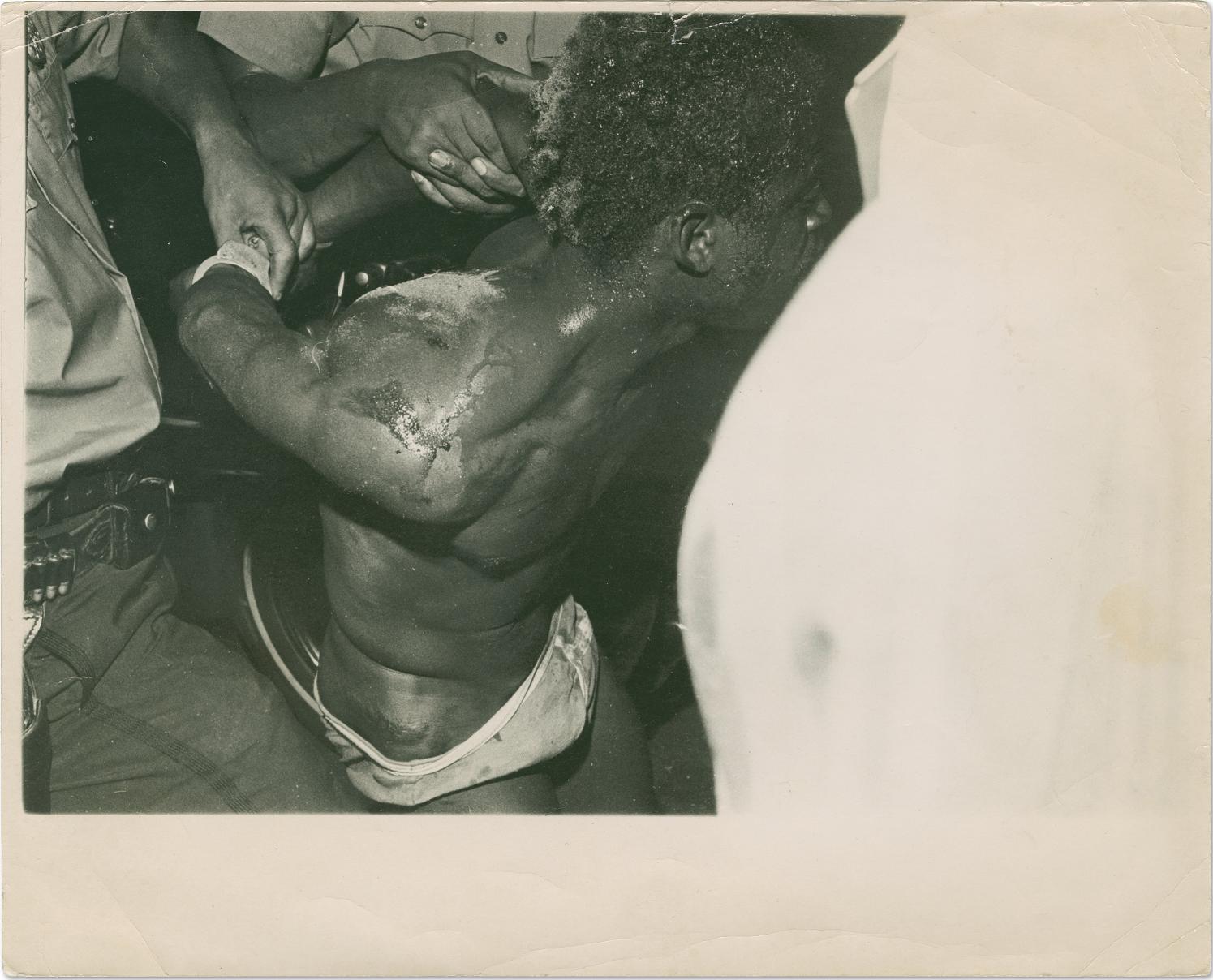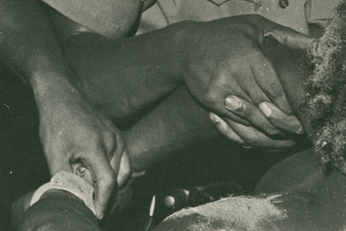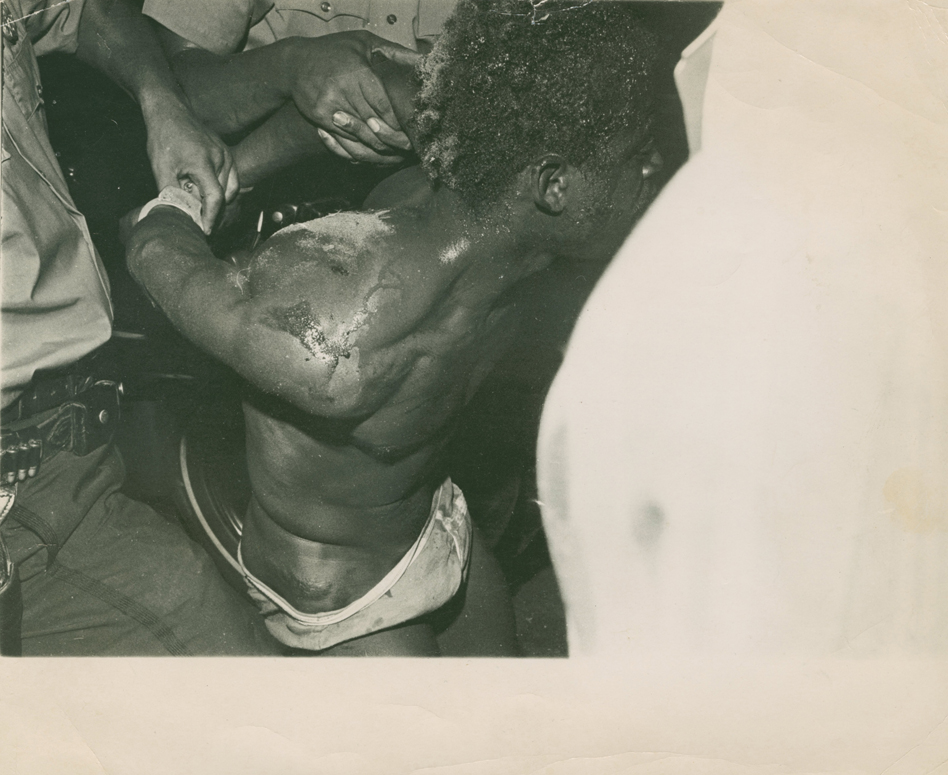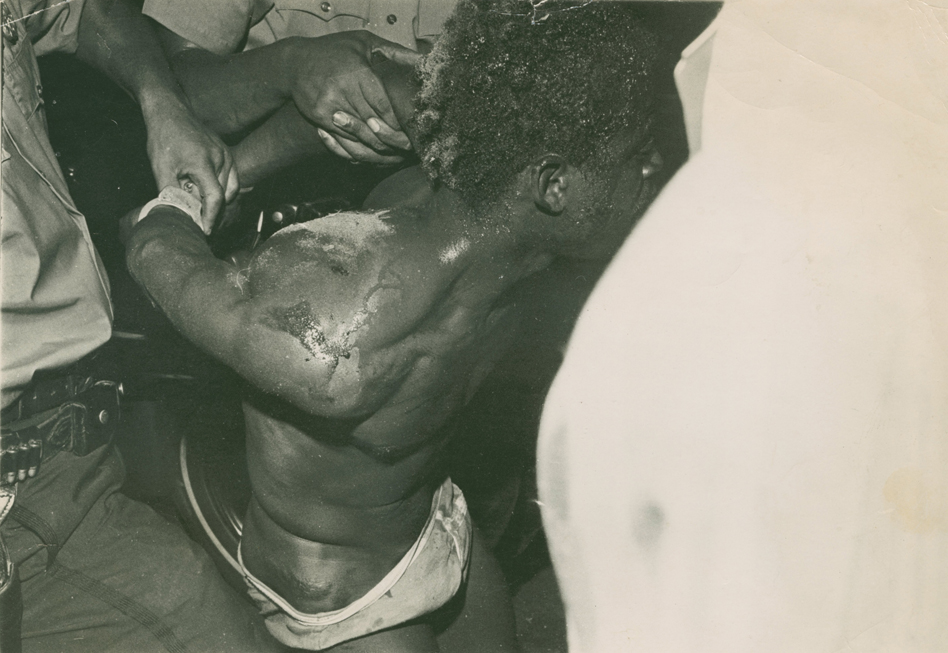“Burnt” — this is a term used to describe the situation where something is offered, such as at an auction, and doesn’t sell. It is sometimes thought that the object will now carry the stigma of its failure to sell, like a scarlet letter on its forehead.
It is feared that some future potential collector will remember or learn of that prior unsuccessful sale and feel it indicates the reserve or selling price was too high.
There is often a struggle within the mind of a collector between the collector’s feeling about a photograph, and the knowledge of the sales record of similar or “comparable” photographs.
I have tried to direct these Newsletters to issues of collecting that are not about money, but there are few collectors who do not figure monetary value into their collecting.
Strict appraisals are based on a probable figure that would be agreed on by an interested buyer and a motivated seller, if that can be supported by objective records. But in reality an interested buyer A might not agree on the seller’s price, nor might interest buyer, B, C… and so on. But then a buyer comes along who will gladly pay that price, or even a higher price. If that price is public, it may now convince some of those who would not pay the original price to gladly pay it or even more for something comparable. On the other hand, when something sells for a high price, and that price is public, it does not at all guarantee that something comparable will sell for that price or even close to it.
Dealers and Auctioneers constantly have to make educated guesses about what a photograph might sell for. This will determine the price a dealer will put on a photograph, or what an auctioneer will agree to offer at a certain reserve. What does it mean if the dealer or auctioneer is thought to be “wrong?” Is there a price that is the “right” price for a certain photograph?
The lure of consigning something at auction is that it might sell for much more than was originally expected. This happens almost as often as when something doesn’t meet its reserve.
Sometimes at auction a lot will start very slowly, as though there won’t be much interest. Suddenly two people start to raise the level, and now there is a flurry of bids with some bidders who hesitated to offer even an opening bid now bidding at multiples of the high estimate. Did they require the validation that other people want this photograph before they reach out for it themselves? Or do they just not want to show their hand, for fear that it might influence others to bid. The practice of “sniping” on eBay usually has just this purpose.
By the way, there are collectors who only want to add material to their collections in utterly private ways. They want to be the first to have a chance to acquire it. They don’t want to show it in their collection and have someone recognize it as having been offered to others. On the other hand, there are collectors who hold back from buying something when it is offered to them directly, but then, at auctions, they hold up their paddles and bid enthusiastically and publicly.
At every show there are many photographs that remain unsold at the end of the show. Dealers may feel that some of these are among their best offerings, not the worst. This remains true even though these photographs have been rejected by numerous visitors to the booth.
Auctions used to be primarily venues where dealers would acquire material. In recent years both collectors and dealers compete for the same photographs. When a dealer outbids other dealers and collectors at an auction, this is often because the dealer has the feeling that the photograph has value that is overlooked by the competitors at the auction. At shows many sales are made from dealer to dealer. Indeed there are some shows where almost all the sales are made this way. Has the selling dealer priced the photograph too low?
As collector, I believe one should develop confidence in one’s taste and the felt value of a photograph to one’s collection. Especially in the case of a unique or very rare photograph, one should acquire what gives most personal value within the collection, at the level one can afford, and not give too much weight to what others may think. What seems to be the received opinion today may not be so tomorrow. Sometimes it is only in the context of a sensitive collection that what the collector sees in a photograph becomes visible to others. This is case with collections of material that did not cost a great deal, as much as with collections made up of very costly photographs.



